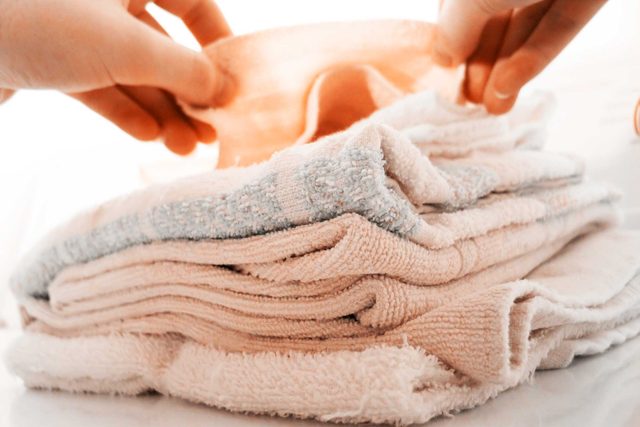
There’s more than meets the eye
Your clothes may look clean after a wearing or two, but that doesn’t mean they in fact are. Seventy percent of laundry soil is invisible, according to Tide & Downy principal scientist Mary Johnson. Follow this helpful guide to make sure you know how to do laundry the right way.

You sweat—a lot—even when you’re not exercising (and it can stain your clothes)
On a regular day the average adult produces about a liter of sweat, says Johnson. All that perspiration can lead to stains on collars, armpits, and cuffs. Make sure to pre-treat those areas before throwing into the washing machine. Here’s a complete guide for how to remove stains, featuring tips on how to get coffee stains out of clothes, how to get red wine out of clothes, and more.
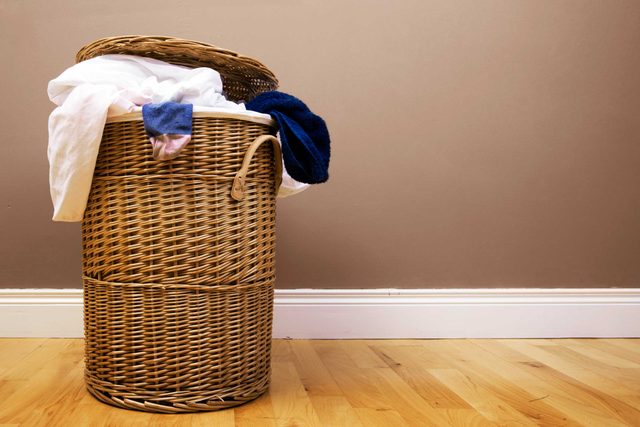
You’ll never look at a candy bar the same way again
In addition to that sweat, Johnson says, your body produces on average each day: 10 grams of salt, 40 grams of grease and sebum, and 10 grams of skin cells and flakes, equivalent to 2 billion skin cells. Most of that winds up on your clothes and sheets. As a result, each eight-pound load of laundry contains 53 grams of grime—about the size of a candy bar. P.S. Don’t spend hours on neatly folded laundry—this shirt folding board will get the job done in no time.

There is an app for that
Thor was the name of the first electric-powered washer that was created in 1908. Now 108 years later there are apps that allow you to sit back and control your machines via WiFi.
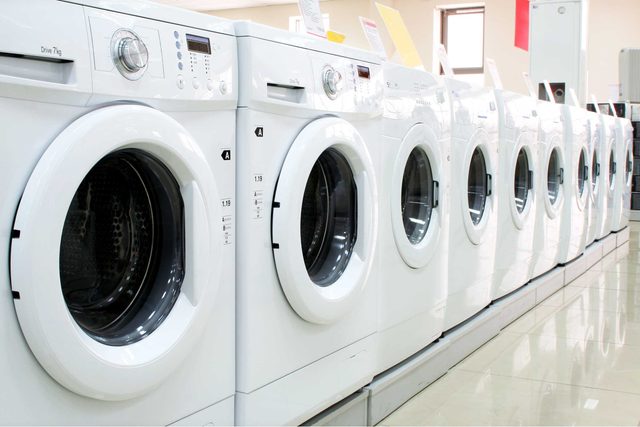
Today’s washers use almost 2/3 less water
Forty years ago most top load washers used 40 gallons of water per cycle. Since then federal standards have become more rigid prompting manufacturers to design them to use 13 gallons or less per eight-pound load. Here’s how to decode those common laundry symbols.
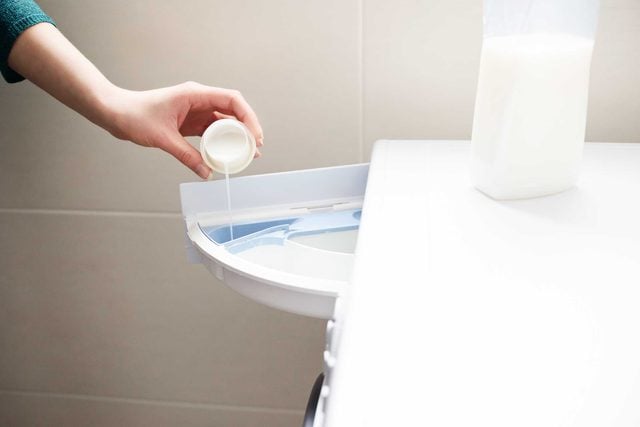
Not everyone likes to smell “Mountain Fresh”
Fragrance sensitivity seems to be on the rise — a study out of the University of Georgia found that 31 percent of the participants were irritated by scented laundry products.
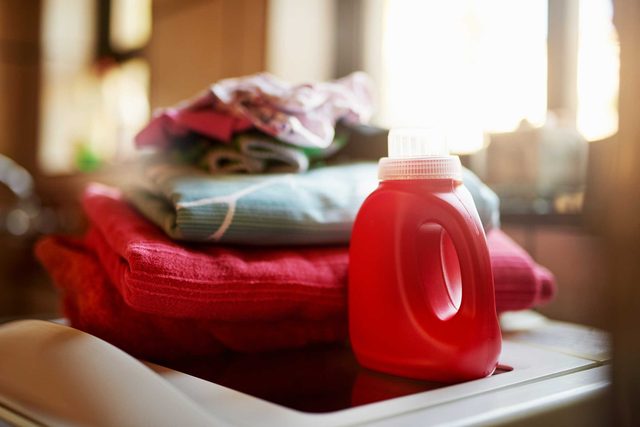
Liquid fabric softener can help soothe eczema
Fabric softener has a potential benefit for people with sensitive skin, according to the National Eczema Association. Be sure to select products that are fragrance- and dye-free.
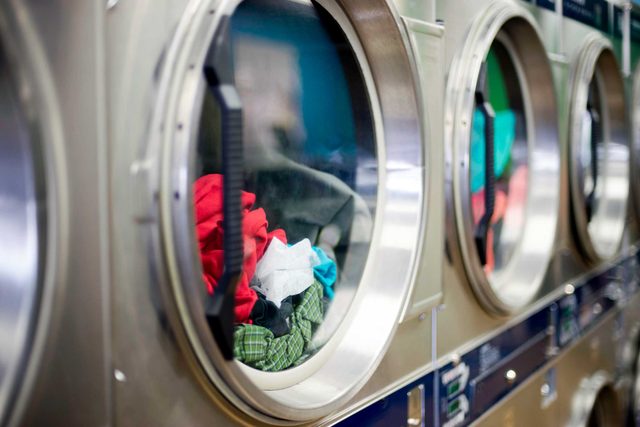
Dryer sheets are the MacGyver of your laundry room
The first dryer sheets, Bounce, hit the market in 1975. These days people use them for polishing shoes, removing pet hair from furniture, and as mosquito repellent, in addition to tossing them in the dryer. Here are more genius uses for dryer sheets.
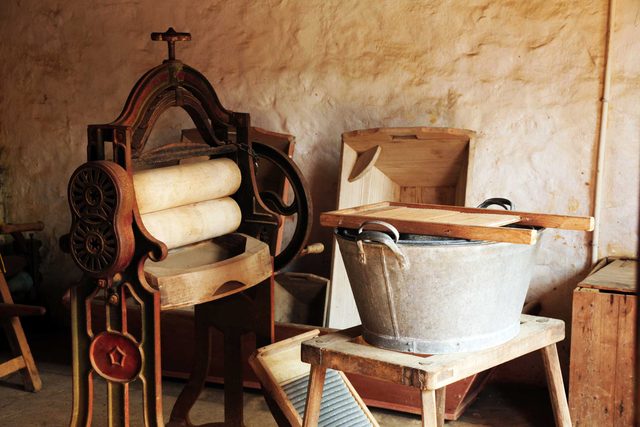
Dryers have been around for 200 years
Whether your dryer is gas or electric powered you can thank Pochon from France who created the hand-cranked version in the early 1800s. Although in 1936 the electric clothes dryer was patented manual wringers were still primarily used in homes throughout World War I and II. Check out these ways you can make your clothes smell better, no laundry required.
